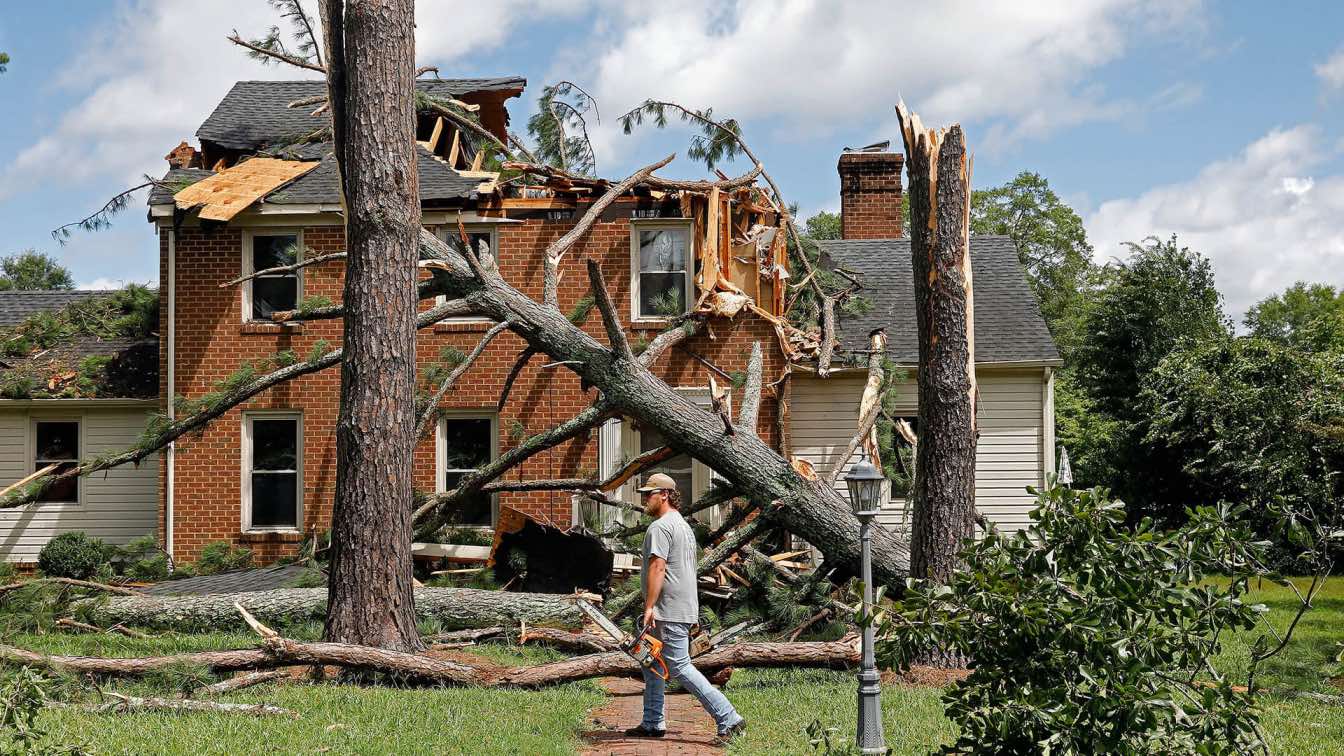
Rebuilding After a Storm: Navigating the Restoration Process
After a storm has wreaked havoc on your home, the daunting task of rebuilding and restoring your property begins. The restoration process can be complex and overwhelming, with various aspects to consider and decisions to make. However, with careful planning, a step-by-step approach, and the right professionals by your side, rebuilding after a storm can be a manageable and successful endeavor. In this article, we will guide you through the restoration process, helping you navigate each phase to bring your home back to its former glory.
1. Safety First:
Before anything else, prioritize safety. Ensure that the storm has completely passed, and it is safe to enter your home. Be cautious of potential hazards, such as structural damage, fallen debris, and electrical issues. If you are unsure about the safety of your home, seek professional assistance before entering.
2. Assess the Damage:
Conduct a thorough inspection of your home to assess the extent of the damage. Document all the affected areas, including structural damage, water intrusion, and damaged belongings. This documentation will be essential for insurance claims and communicating with contractors.
3. Contact Your Insurance Provider:
Notify your insurance provider about the storm damage and start the claims process. Provide them with the documentation you have collected, including photographs and videos of the damage. Keep detailed records of all communication with your insurance company.
4. Secure Your Property:
If necessary, take immediate action to secure your property against further damage. Cover damaged roofs with tarps, board up broken windows, and remove fallen debris. Preventing additional damage is essential to minimize the cost of repairs.
5. Hire Reputable Contractors:
Research and hire reputable contractors experienced in storm damage restoration. Look for contractors with a proven track record of successful projects, positive reviews, and the necessary licenses and insurance. Obtain multiple quotes to compare prices and services.
6. Create a Restoration Plan:
Work with your chosen contractors to create a detailed restoration plan. This plan should outline the scope of work, timeline, and estimated costs. A well-structured plan will provide clarity and direction throughout the restoration process.
7. Begin the Restoration:
Once the restoration plan is in place, the rebuilding process can begin. Contractors will focus on addressing structural damage, water removal, and repairing the various affected areas of your home. They will work systematically to bring your home back to its pre-storm condition.
8. Address Mold and Water Damage:
Water damage and moisture can lead to mold growth, posing health risks and further damage to your property. Contractors will conduct thorough water removal and drying processes to prevent mold from spreading. Mold remediation, if necessary, will be performed to ensure a safe living environment.
9. Replace Damaged Materials:
Damaged roofing, siding, windows, and other materials will be replaced or repaired to restore the integrity of your home. Choose quality materials that are durable and designed to withstand future storms.
10. Regular Inspections:
Throughout the restoration process, conduct regular inspections to ensure that the work is progressing as planned. Address any concerns or issues promptly to avoid delays.
Rebuilding after a storm is a challenging process, but with the right approach and professionals on your side, it can lead to a successful restoration. Prioritize safety, document the damage, and work closely with reputable contractors and your insurance provider. Having a well-structured restoration plan and a clear understanding of the process will make navigating the rebuilding journey smoother and more efficient. Remember, rebuilding is not just about restoring your home's physical structure; it's about rebuilding your sense of security and peace of mind after a storm's devastation.






